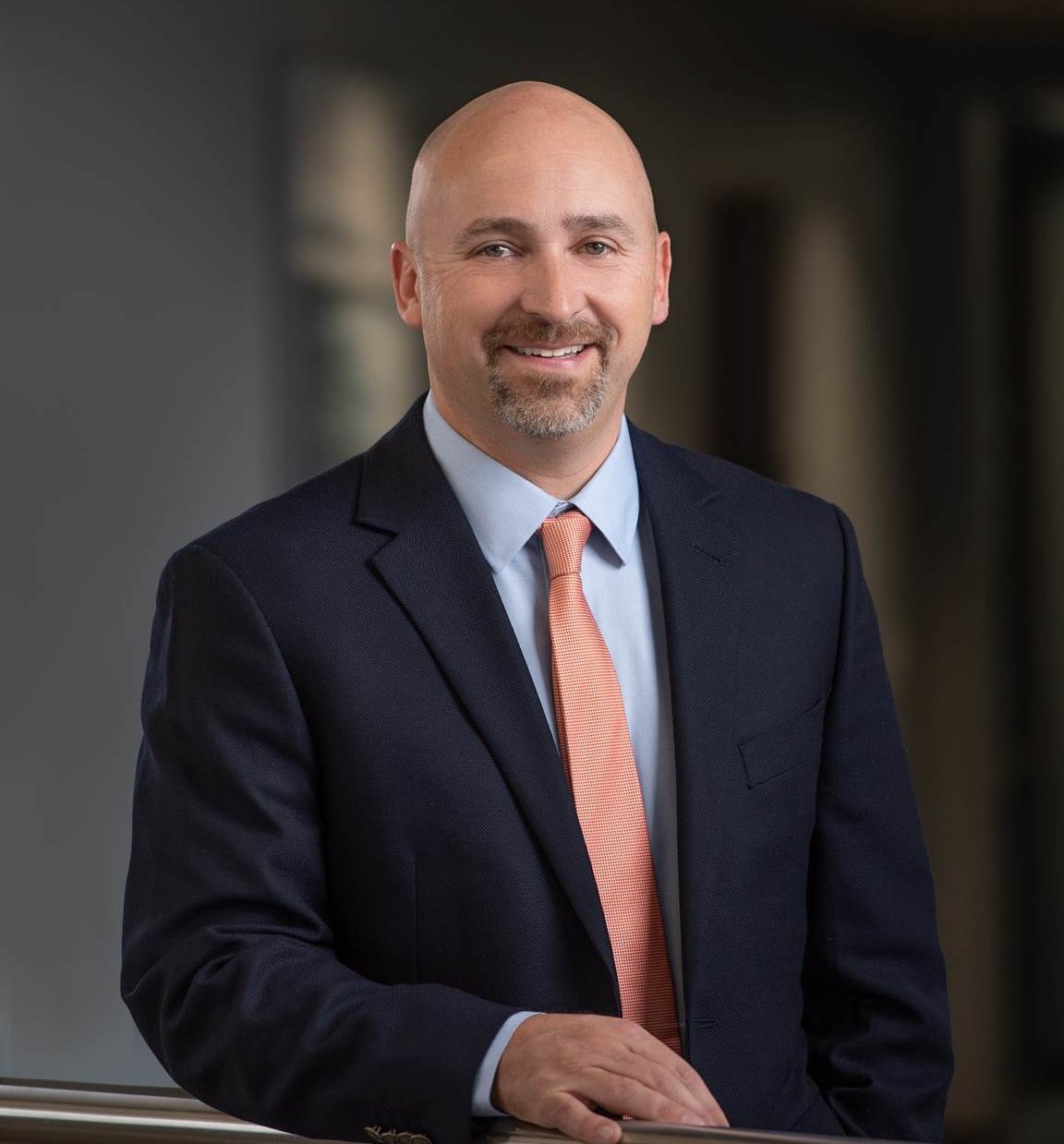It’s almost heresy to hear Dr. Edo Zylstra, founder of KinetaCore – now EIM FDN – and Functional Dry NeedlingÔ , state that dry needling is not the only thing you need in your clinical toolbox. But, as all things rehab related, there is no one thing that improves all patients. Duh.
Why do we have such a passion for “Functional” Dry Needling (emphasis added) and spreading this tool to the masses as an incredible “reset” for the neuromusculoskeletal system?
Research: For Dry Needling Alone

Recent Systematic Review
Implications for Rehabilitation
- Dry needling produces similar effects for pain and disability in the short and medium term compared to cortisone, Botox, and platelet-rich plasma injections. Local anesthetic injection may be more effective at reducing short-term pain.
- Long-term effects on pain and disability are similar between dry needling and platelet-rich plasma injections, but dry needling may produce better long-term outcomes than cortisone injections.
- The available adverse event data is similar between dry and wet needling.
- The conclusions from this study may be beneficial for patients and clinicians for considering risk and cost benefit analyses.
Griswold D, Learman K, Ickert E, et al. Comparing dry needling or local acupuncture to various wet needling injection types for musculoskeletal pain and disability. A systematic review of randomized clinical trials. Disabil Rehabil. January 2023:1-15.
To put this into clinical perspective: I had the pleasure of teaching FDN Clinical Integration with Jeremy Snyder recently with a great group of clinicians. I am still blown away when I see clinicians integrating FDN with their clinical reasoning and treatment plan. I saw one of our groups during the practical experience on Sunday find twenty dysfunctions. Let’s be clear, these were findings that they associated with the current main issue they wanted to address. The goal of the practical was to integrate the functional model of dry needling into their clinical practice utilizing various dry needling techniques taught on the course, manual techniques that were part of the developed treatment plan, and 1-2 correctives to reinforce the changes.
What was the result? Twenty documented and agreed upon dysfunctions to one remaining issue; from positive myotomal testing to orthopedic assessment findings (for example Thomas Test), to global movement patterns (SFMA top tier) and only, get this, five needles placed in various muscles determined by the group! One of the participants in the practical test commented, “I would have normally stuck the patient with 20-30 needles expecting much less of the change we found upon reassessment.”
Our ultimate goal with FDN is not to make it our only treatment device or input, but to better impact the ultimate functional outcome. We must utilize this and other treatment modalities to reset and impact the current symptoms and dysfunction. This allows us to better reinforce that change with corrective exercises and activities to impact the cause of the symptoms and not just the symptoms in isolation.
